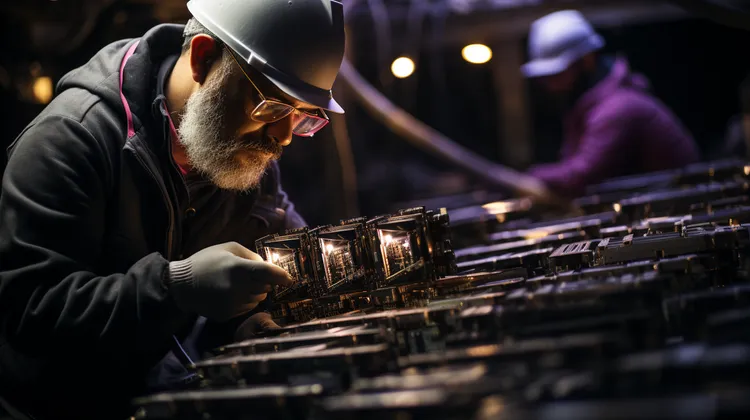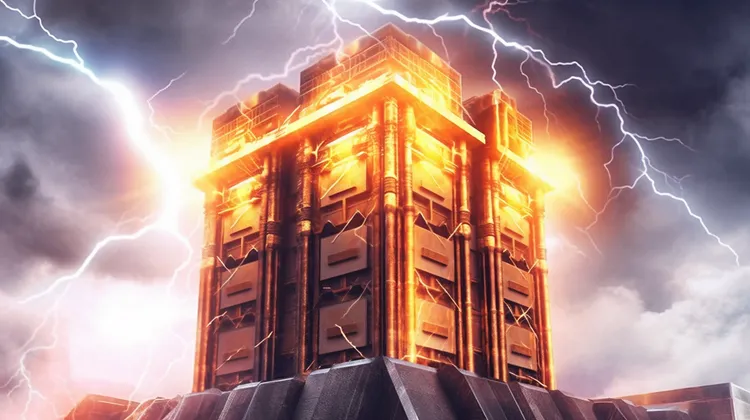The future of BTC mining and the Bitcoin halving has been a topic of immense speculation and debate within the cryptocurrency community. With the upcoming halving event scheduled for May 2020, many miners and enthusiasts are wondering what implications this significant event will have on the mining landscape and the overall future of Bitcoin itself.
To understand the future of BTC mining, it is essential to first grasp the concept of the Bitcoin halving. The halving is an event that occurs approximately every four years, where the number of new Bitcoins generated per block is cut in half. In the early days of Bitcoin, each block produced 50 Bitcoins, but with the previous halving events, this has been reduced to 25 and later to 12.5 Bitcoins per block. This pattern will continue, and after the upcoming halving, the rewards will be reduced to 6.25 Bitcoins per block.
This reduction in block rewards has several implications for BTC mining. Firstly, it increases the scarcity of new Bitcoins entering circulation. As the rate of supply decreases, the demand for Bitcoin may rise, potentially leading to an increase in the value of each Bitcoin. This could be seen as a positive outcome for BTC miners, as the value of their mined coins could appreciate significantly over time.
The halving also presents challenges for BTC miners. With the reduction in block rewards, miners will receive fewer Bitcoins for their efforts. This reduction in revenue could impact the profitability of mining operations, particularly for miners with high electricity costs or inefficient mining equipment. Some miners may be forced to halt their operations if they are unable to operate profitably post-halving.
To counter these challenges, miners are expected to adopt more efficient mining hardware and explore alternative sources of revenue. Over the years, the mining industry has witnessed significant advancements in hardware technology, with the emergence of specialized mining equipment such as ASICs (Application-Specific Integrated Circuits). These ASICs offer higher hashrates and energy efficiency, allowing miners to maximize their mining output.
Miners are likely to explore other revenue streams, such as transaction fees. As the block rewards diminish, the transaction fees become relatively more attractive for miners. Miners will compete to include transactions with higher fees in their blocks, which could lead to increased transaction fees for users. This could potentially drive up the cost of using Bitcoin for day-to-day transactions.
Another aspect to consider in the future of BTC mining is the environmental impact. Bitcoin mining has been criticized for its energy-intensive nature, with an ever-increasing number of mining farms consuming significant amounts of electricity. As the Bitcoin network expands, the demand for energy resources also increases, giving rise to concerns about the environmental sustainability of BTC mining. Industry players are likely to focus on finding more sustainable ways to mine Bitcoin, such as utilizing renewable energy sources or developing more energy-efficient mining hardware.
The future of BTC mining may see a shift towards decentralization. Currently, BTC mining is dominated by a handful of mining pools and large-scale mining farms. This centralization has raised concerns about the potential concentration of power in the hands of a few players. As the mining rewards decrease, smaller miners may have a better chance of competing against larger players. This could lead to a more distributed mining landscape, enhancing the decentralized aspect of Bitcoin.
The future of BTC mining and the Bitcoin halving presents both challenges and opportunities for miners. The reduction in block rewards will likely lead to increased scarcity and value of Bitcoin, benefiting miners in the long run. Miners need to adapt to the changing landscape by adopting more efficient hardware, exploring additional revenue streams, addressing the environmental concerns, and embracing decentralization. The Bitcoin halving is a significant event for the entire cryptocurrency ecosystem, and its impact will be closely watched by industry participants and enthusiasts alike.




It’s so disappointing that Bitcoin mining is causing so much harm to the environment. We need to find a better solution.
More efficient hardware? Yeah right! Like I can afford to constantly upgrade my equipment. This is a disaster.
I’m excited to be part of the evolving BTC mining landscape. The halving event will unlock new opportunities and challenges for miners. Let’s make the most of it!
The Bitcoin halving is a turning point for the cryptocurrency ecosystem. I’m excited to witness its impact on BTC mining and beyond! 🚀💎
Let’s address the environmental concerns of BTC mining and explore sustainable ways to power our mining operations. Together, we can make a difference!
With the reduction in block rewards, miners will have to find innovative ways to stay profitable. Adaptability is key!
The halving brings both challenges and opportunities for miners. Adapting to change is essential for long-term success. Let’s stay ahead of the curve!
BTC mining is about to get even more exciting with the upcoming halving event! I’m ready to see how it shapes the mining landscape.
Bitcoin mining is becoming less and less profitable. What’s the point anymore?
I’m excited to see how the halving impacts the value of Bitcoin. It could be a game-changer for miners and the entire cryptocurrency industry! 🤑🚀